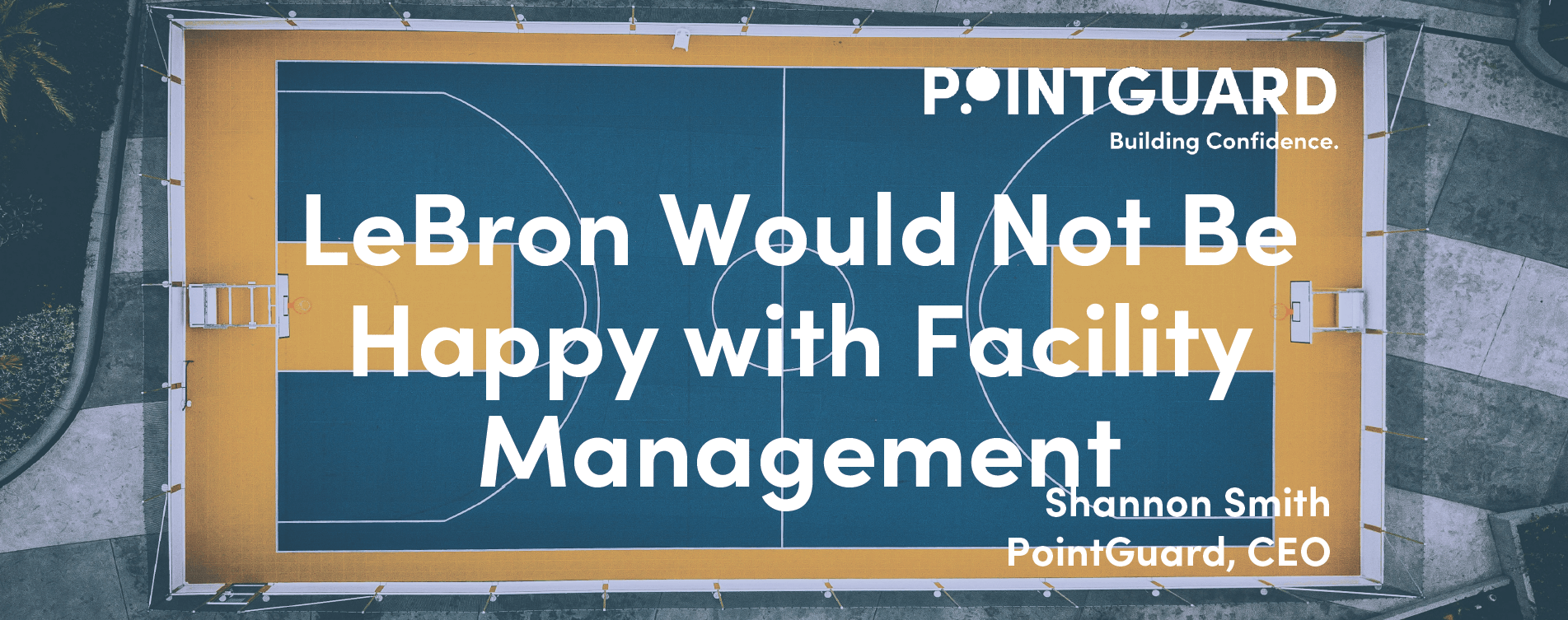There is a major problem in the way that the facilities industry makes its decisions about equipment replacement. Many facility managers only consider the age of their equipment, and maybe repair history, when making replacement and upgrade decisions. They follow, in good faith, the manufacturers’ replacement schedules without considering the underlying benefits, or lack of benefits, to replacement. This is called prescriptive maintenance and it needs to change.
While it seems like prescriptive-based decision making is a good way to go about upgrading a building - after all no one wants the equipment to fail and interrupt or cripple the building’s operations - it does not take into consideration other important factors. Reducing the risk of failure should be weighed against metrics like the equipment’s current contribution to the building’s performance or the importance of each piece of equipment to the overall building system.
Imagine if this same idea of replacing the oldest piece first was applied to the sports world. Basketball players often retire in their early thirties, but some players are able to play long after that. LeBron James is still thought to be one of, if not the, best player in the NBA even though he is 34 and has already played more games than Michael Jordan did in his entire career. If coaches used age and use metrics as their only consideration, like the facility managers often do, LeBron would likely already be replaced. But, coaches know that these decisions are much more nuanced than that. They think about the player's impact on the team and their ability to help them achieve their goal: winning.
Sports have a very easily understood, desired outcome. A binary: win or lose. One of the things that makes facility management difficult is that a building’s “goal” isn’t always straightforward and often differs from owner to owner.
We think that a building’s main goal should be to keep its occupants comfortable and last as long as possible, while having the lowest operating costs. Any equipment replacement decision should take into consideration how those criteria will be impacted. Sometimes equipment that is scheduled for replacement actually has a minimal effect on the building’s ability to keep its occupants comfortable or reduce operating expenses while a different upgrade to another, newer unit might significantly help achieve these goals.
A lot of companies now-a-days talk about the ability to predict when a building component will fail. Let me be the first to tell you that this is wishful thinking at best; there are much too many factors contributing to unit failures and the large majority of failures are completely random. Facility teams should not only consider replacement schedules, but also look at each piece of equipment’s performance and its effect on building performance. We need to get away from the “run to fail” and “replace when told to” mentality. Managers should weigh a lot of different factors in their decision making rather than just age of equipment, such as the condition of each piece and its importance in the overall system. If we get this right, we will save enough money in the built environment to pay for hundreds of LeBron’s.












